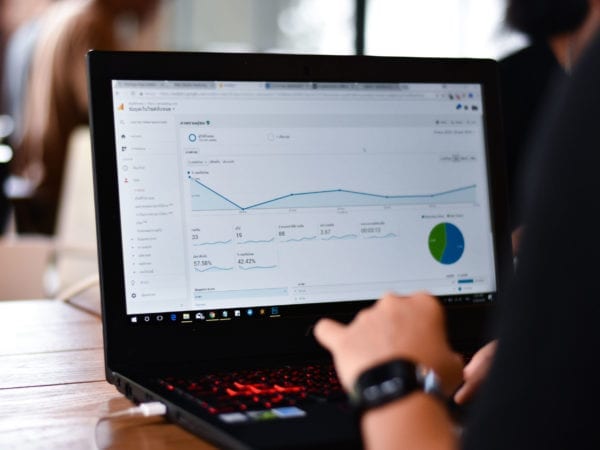
What is Inbound Marketing?
You may have heard or read about the importance of Inbound marketing to promote your business. Inbound marketing principles are built on the idea of your customers finding you, rather than the other way around. Here is a breakdown of inbound marketing from an inbound marketing specialist where we take a look at the four important stages in this marketing technique.
- Appeal – This is the first and the most important stage for an inbound marketing campaign. This is all about catching the attention of absolute strangers who are actively looking for the products or services you offer. You can use your website, blog, or social media handles to offer them what they are looking for in the form of whitepapers, blog posts, or other forms of content. To maximize the impact, you need to align your content strategy and search engine optimization strategy with the search habits of your customers. The goal here is to turn this Stranger into your regular Visitor.

The goal of inbound marketing is to attract customers when they are looking for you, not constantly interrupting them with your advertising.
- Convert – Once you have a targeted Visitor, the goal is now to capture them as a Lead. Your visitor may have landed on your site looking for your product or service, but he or she may not be interested in buying it immediately. How do you ensure that he or she is converted into lead? Incorporate a landing page strategy into your website where visitors can exchange their name, phone, and email address in exchange for a piece of content that will be interesting to them. If your business sells sporting equipment, you might offer a downloadable PDF that highlights new sporting equipment trends. This gives the visitor a piece of content they are interested in, and your business now has a lead to begin nurturing.
- Sell – This is the action stage of an inbound marketing campaign where you convert the Lead into a sale or turn the individual into your Customer. This is where your sales process needs to kick into full gear. For higher value purchases and/or more considered buying processes, a personal contact should be made within 24-48 hours of getting a new lead. Otherwise, an automated marketing strategy should be in place to nurture leads through the sales process. Follow up emails, social media connection and other strategies all work towards turning a lead into a happy customer.
- Gratify – This is the last stage of an inbound marketing campaign. The idea in this stage of the process is to continue adding value to your customer in order to turn them into an evangelist or Promoter. Adding this high level of value will bring your business into the conversations your customer is having with others. You need to consistently engage with them though social media, and don’t forget to reward their loyalty with better deals so that they come back to you in the future (along with their friends and family).
Working with Inbound Marketing Specialist
Inbound marketing is fast-growing movement, and many B2B and online B2C companies are a great fit for these strategies. Contact us if you are curious about whether or not an inbound strategy can work for your business. We have helped clients with Inbound marketing in Portland, OR and beyond.



